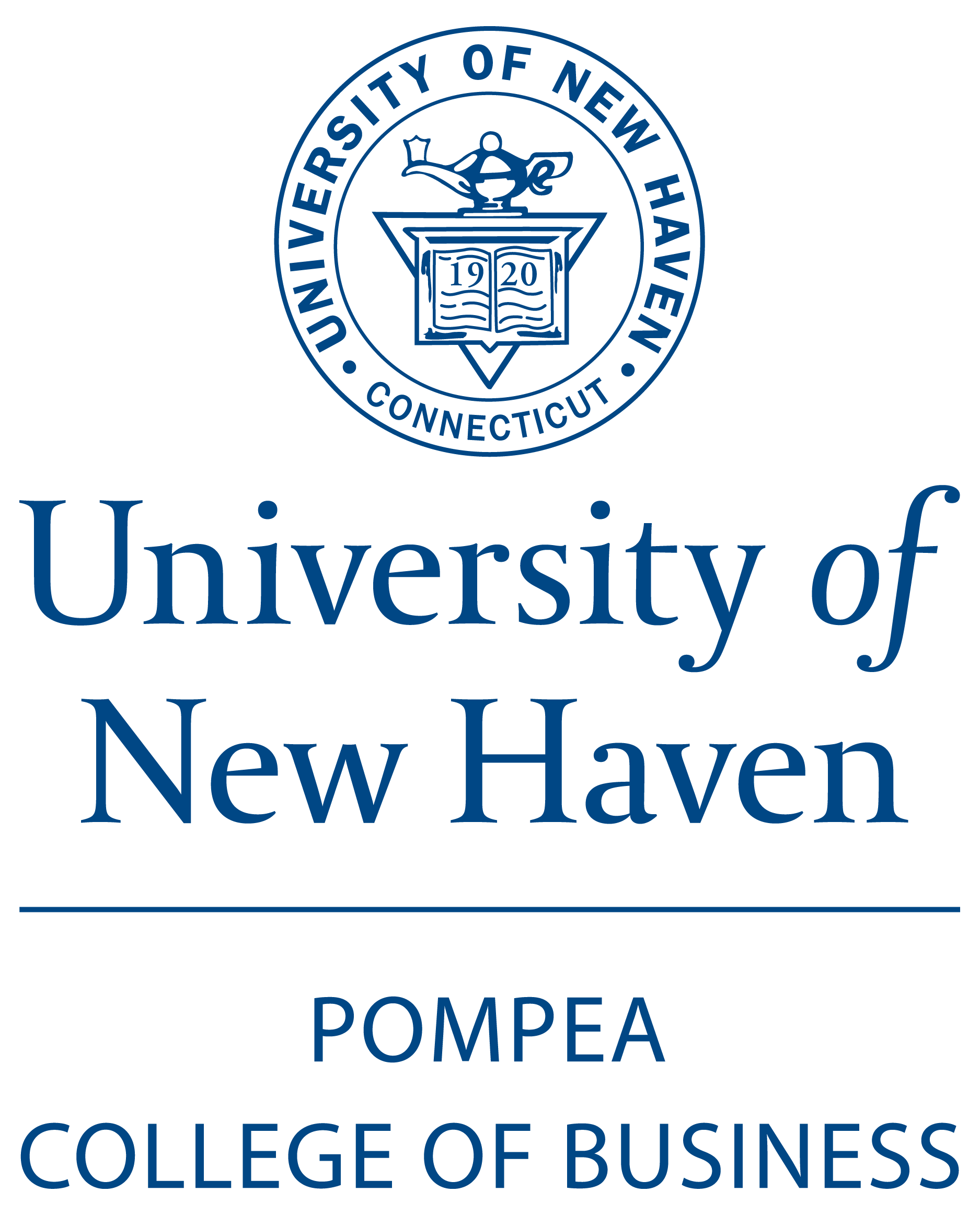Abstract
In the summer of 2020, as the COVID-19 pandemic continued to spread around the world, institutions of higher education were faced with three options in terms of their teaching modality for fall 2020: resume in-person education, switch to online delivery, or adopt a hybrid approach. This observational research study aims to tease out the variables that explain the decisions announced in summer 2020 by various colleges and universities in the United States for their planned instruction for fall 2020. We propose and test eight hypotheses related to the decision. The study found statistical confirmation that universities with higher financial stability and/or prestige tended to select the online delivery option, while lower financial stability/prestige showed a preference to stay with in-person delivery. We also found public institutions were more likely to go online than private ones. Additionally, we found statistical support for our hypotheses that universities located in Republican leaning states and also those with a religious affiliation would prefer the in-person modality. The results also confirmed our hypothesis that universities offering a higher percentage of humanities degrees would have a greater probability of choosing the in-person modality. Interestingly, we did not find statistical support for our hypothesis that the level of COVID spread in the geographical area of a university’s location would affect its decision.
Creative Commons License

This work is licensed under a Creative Commons Attribution-NonCommercial 4.0 International License
Recommended Citation
Weitz, Rob; Viswanathan, Viswa; and Rosenthal, David
(2021)
"The Trilemma of 2020: Understanding Higher Education’s Fall 2020 Reopening Decision Amidst the COVID Crisis,"
American Business Review: Vol. 24:
No.
2, Article 3.
DOI: https://doi.org/10.37625/abr.24.2.32-61
Available at:
https://digitalcommons.newhaven.edu/americanbusinessreview/vol24/iss2/3
DOI
https://doi.org/10.37625/abr.24.2.32-61
Included in
Business Administration, Management, and Operations Commons, Business Analytics Commons, Educational Leadership Commons, Nonprofit Administration and Management Commons



